In the past 10 years, I have been interviewing countless game designers for a job. And if you have been in that situation, it probably came with a test.
These tests are all pretty similar: talk about the last games you played, or identify features that could be improved upon, and at some point reaches a design assignment based on a fictional setup or not. “Design new abilities”, “Design a mission”, you name it. It makes sense though, as these tests are here to assess your methodology, principles, and logic as a potential designer.
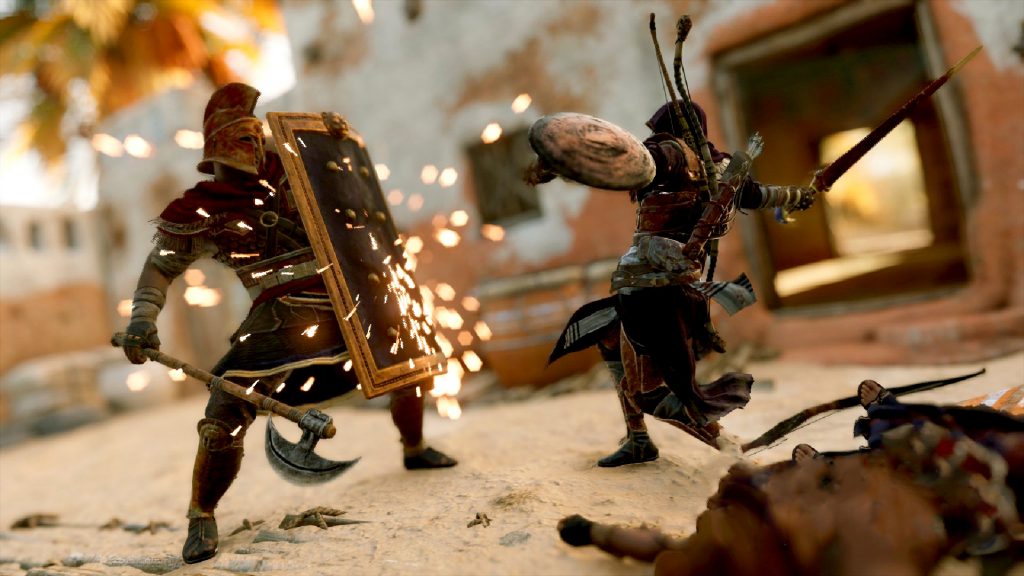
Well, let’s talk about this design assignment… In many cases, one of the questions will be “Design an enemy for the player to fight against”, and this question is failed by the vast majority of applicants. The main reason for that fail is that they are not starting this problem with a designer approach.
Worst, I found it usual in dev-teams for designers to have a very shaky approach to rational design. And I use this term of rational design because design is a creation led by reason. We have a saying in French that plays on the root of the word “design” :
“Le design est du dessin à dessein” – Design is drawing with a purpose.
In this article, I want to try and break-down some fundamentals of game design, basing it on a very common situation: we have a full game, but we need/want a new enemy. Where do we start? How do we design it? When do we have enough for our dev-team to build upon it?
Where not to start
The most common introduction to a new enemy that I have seen starts with a full backstory. It explains how this enemy ties to the universe, talks in detail about how the world came to birth this specific faction or unique enemy specificity, and what role they play in the world narrative.
Then it would describe carefully its visual, aura, attitude, how much fear it will inspire in the player and how cool-looking its weapons are.
My problem here is that the first part is actually the role of your writers, anchoring each NPC in the game’s universe, while the second part is the role of your 3D artists. They are indeed critically important but aren’t a necessity in the game design process.
As game designers, the first question we should ask ourselves, and the first answer we should give is about the WHY?
What is the purpose of this enemy in the gameplay? His role in the player experience? In short: why does this enemy need to exist?
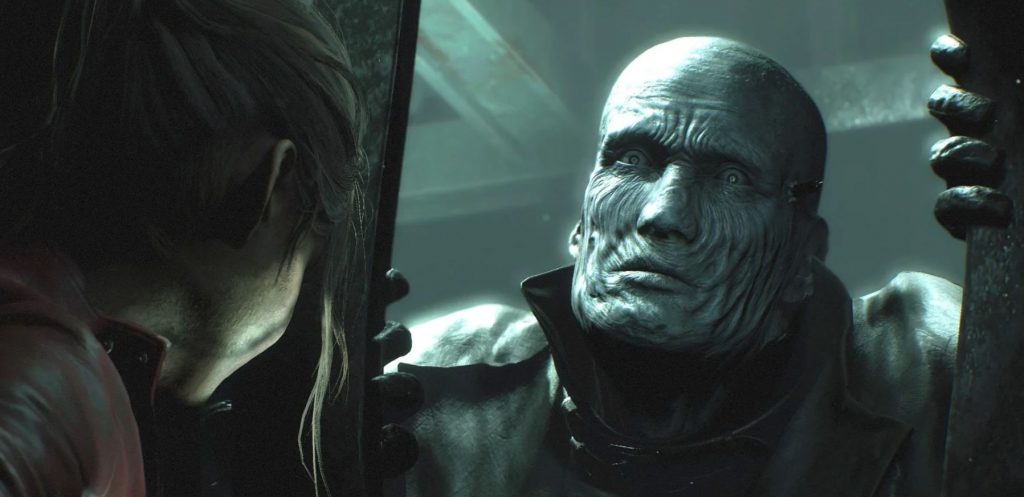
Video-games are player-centric
This is actually one of the biggest lies that video-games are selling to the players. A beautiful and elaborate lie:
Video-games will try their best to give the players the illusion of a believable world, while this world exist only for, and because of, the player.
Have you seen The Truman Show? This is exactly what we are doing: our entire worlds revolve around the player and his experience, our enemies exist to challenge our players, our art direction to support the mood and narrative of our player’s story and I tented state of mind. We are masters of illusions, and everything is nothing but smoke and mirrors. And the moment a fake door does not open, the moment an NPC does not break character after being messed with, or does not die after being shot, the illusion is over.
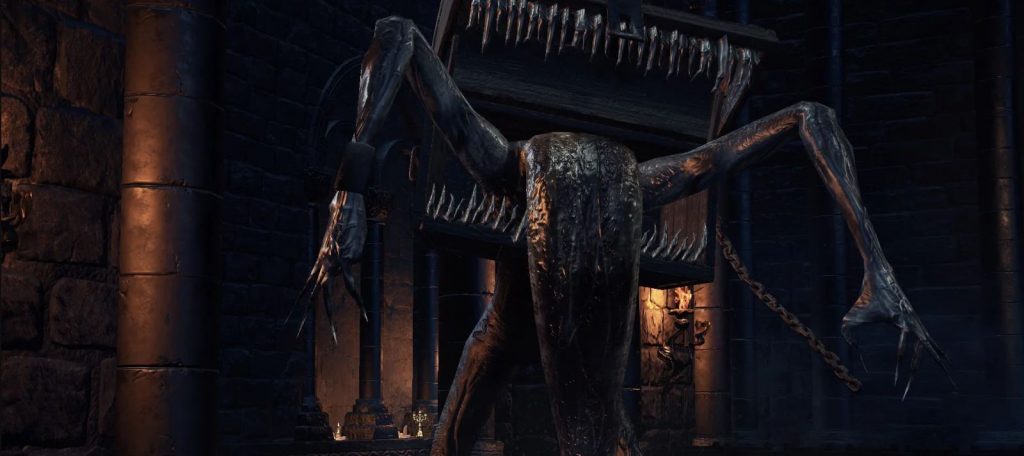
“Enemies” are a wide concept
Let’s build a bit on the previous assumption. Our games revolve around our players. So each of the elements of our games must, in a way or another, play a role in this experience. If we now restrict these to enemies, what does it gives us?
Enemy noun: entity that is actively opposed to someone or something
The “someone or something” here is very clear: the player (or players). So far, so good: our enemies will oppose the player, and that is their only job! Their sole purpose in digital life is to create friction preventing our players to succeed in whatever they are set to achieve, with whatever tools and abilities we gave them.
With that definition, “enemy” is a very wide word. It can encompass just as much low-level grunts or bosses or even story antagonists that exist mainly to unravel the plot and give reasons for the players to continue playing.
In this article, we will be focusing on enemies as gameplay elements, opposing the player directly.
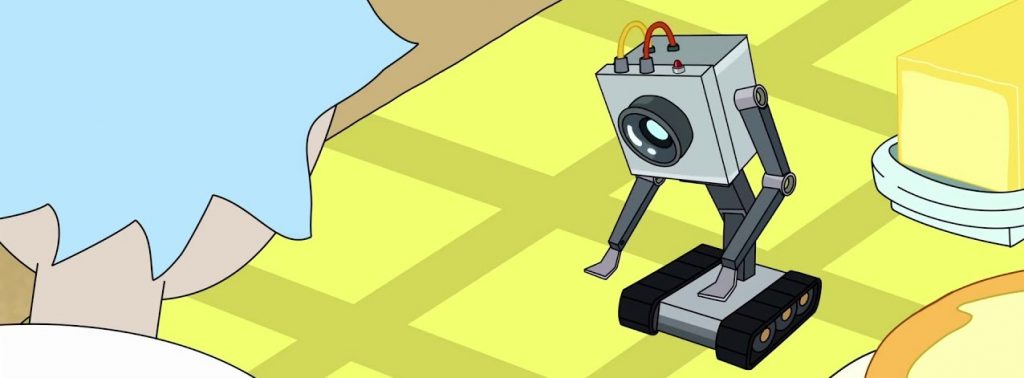
So, let’s enter into the specifics of the design of a new enemy. Again, the “Why?” is the first question you need to ask yourself. Without starting with it you may create an enemy that does not fit your player experience or that is actually having the same purpose as another enemy. But most importantly, answering the “Why?” will actually unfold everything we need to know about the core of enemy design! And there is a multitude of possible answers to this question (and your enemies can provide several at the same time). Below are those I believe to be the most important ones.
Emphasize a specific player’s ability
Arguably the main reason we create enemies: when spending a considerable amount of time creating special and unique player abilities, we want to make sure to have enemies to use them against.
Ultimately, you want to find a balance in your enemies: make sure that all your abilities get the right screen-time amount and feel useful (especially if players invest skill points in them), secure that none of them is too efficient (and potentially become a dominant strategy) while still allowing plenty of other players abilities to be efficient against each enemy
This last point is very important: it is about player’s agency, letting him express himself through the gameplay. Making an ability the enemy only weakness can feel restrictive and guided. It may be what you want to achieve, but if not, try to avoid that scenario.
In Assassin’s Creed: Origins DLC, we designed the Tutankhamun boss fight with a real emphasis on the player’s dodging ability: He is using a spear and chains long, wide moves. The player could still block most of these hits (the dodge wasn’t mandatory, and you could defeat him with plenty of different strategies), but recovering from the block will prevent the player to exploit the windows of opportunities of the boss. Dodging at the right time, in the right direction, is then the most efficient strategy.
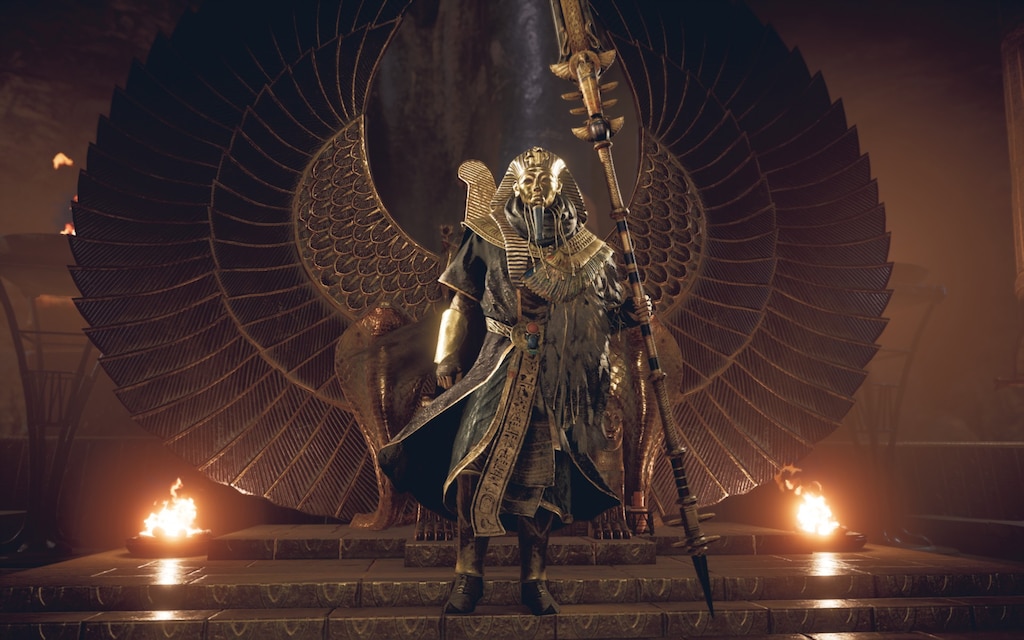
If, instead of dominant strategies, you create “more efficient strategies”, you will make your players figuring it feel smart while letting all of them approach this challenge the way they prefer.
Key #1: Make a list of all your player’s abilities and associate all your enemies to each of them. Are you having over-used abilities? Forgotten ones? You may find a great starting point for a new enemy doing this exercise.
Challenge a specific player’s skill
This approach is, to me, the most valuable, as it is at the root of the player’s experience and growth, but also the most difficult to grasp. By player skills, we do not talk about anything relative to the game, but instead, we talk about the player itself.
There are 3 types of skills:
- Physical skills: timing, precision, reflexes, endurance, regularity, measurement, muscle memorization, etc.
- Mental skills: resources management, observation, concentration, tactic, strategy, prioritization, logic, memorization, positioning, projection, cost-reward analysis, multi-tasking, pressure management, etc.
- Social skills: cooperation, persuasion, negotiation, manipulation, leadership, empowerment, etc.
Of course, no games are challenging every single one of the existing skills of a player (there are, literally, hundreds of them). No, instead, the core players’ skills required to play a game will vary enormously from a game to another, and identifying them will help you much refine its ingredients and challenge.
We are never challenging players’ abilities, we are challenging our players’ skills through those abilities.
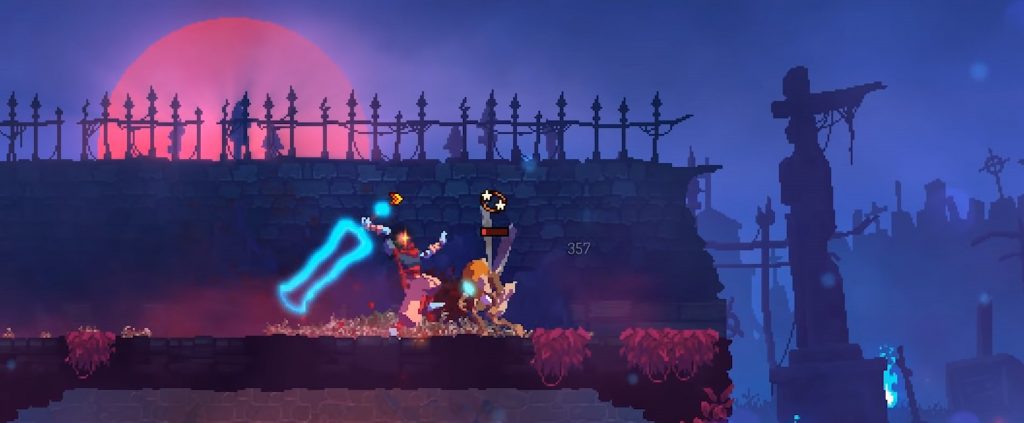
This is a critical point to understand. Let’s say you have this idea for a new enemy challenging the dodge mechanic: he will have this unparriable, wide attack that can only be avoided with a well-timed dodge through it. You are actually not challenging the dodge mechanic here, but the player reflexes, timing, distance appreciation, and enemy reading (the animation of this specific attack in-coming). You are only using the dodge mechanic as the tool to challenge these skills.
Let’s look at Left 4 Dead 2. The game is based on 3 pillars: shooting, survival, and team-play. The skills required from the players, and challenged by the game, are multiple:
- Shooting: precision, timing, anticipation
- Survival: positioning, resources management, target prioritization, reflexes
- Team-play: collaboration, leadership
Now, let’s look at the design of the special infected:
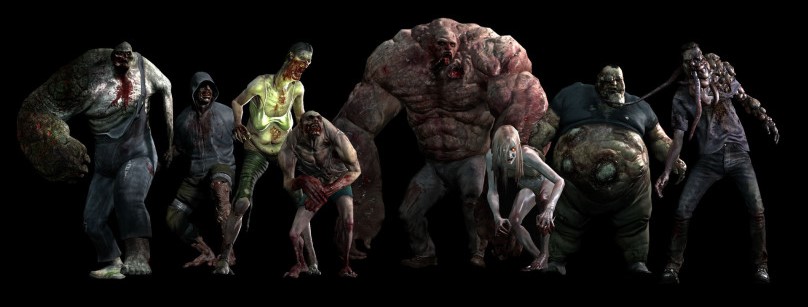
Every single one of them has the same high-level purpose: disrupt the players’ organization, bring chaos. They are all challenging primarily the collaboration skill of the players, in different ways: by dragging a player far from his buddies, spreading the group or pinning players down. Then, by their behavior and specific metrics, they will all challenge different secondary players’ skills.
Jockeys, with their erratical behavior and small size will challenge precision; Chargers, with their initial charge, and high damages on the pinned survivor, will challenge reflexes and target prioritization, etc.
Key #2: identify the pillars of your game and the core skills it challenges in your players. Ultimately, all the enemies in your game should challenge them in different ways.
Provide diversity
Not every enemy in your game needs a grand, deep reason to exist! Sometimes, a very valid reason to be there is simply to add diversity to a game.
If the designers of Borderlands 3 were only creating one enemy per player’s ability or one enemy per player skill, their world would be extremely repetitive and actively breaking its believability and depth. Instead, they created a vast amount of enemies, filling their factions and giving life to their world. This reality doesn’t mean their enemies must be redundant.
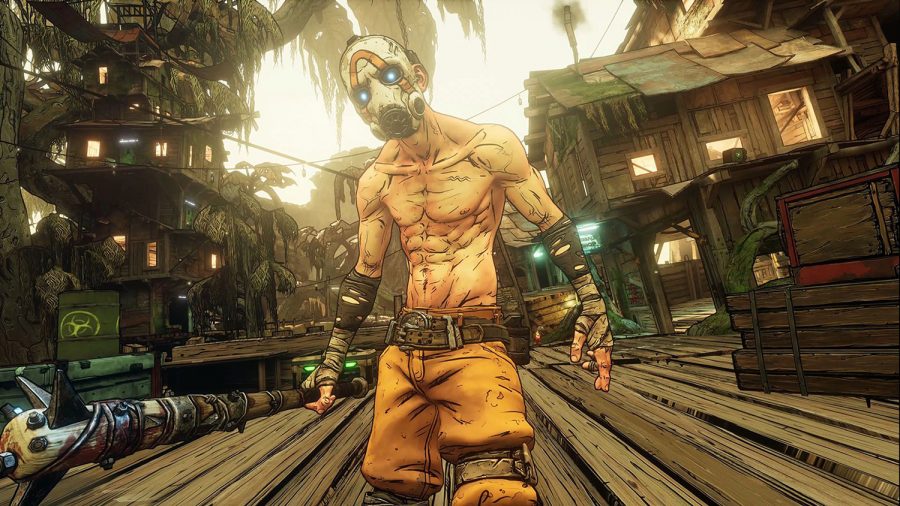
If we look at the Psycho faction, we find multiple enemies globally serving the same meta-purpose: charge the players and engage them in melee, pushing them to prioritize Psychos first, manage the pressure of the small window of opportunity, and prevent them to reach them. And yet all of them are truly unique by their micro-diversity.
This is the moment we talk about what composes an enemy. Globally, we could sum it up in 3 categories:
- AI: how the enemy behaves: his patterns, behavior, strategies, potential phases and reactions to the player’s action
- Specificities: his attacks, weak spots, weapons, special abilities (healing, teleporting, dodging…)
- Metrics: his micro-parameters: size (height, width), movement speed, attack rate, health, abilities cooldown, damages, detection angle, etc.
By modifying these 3 categories in the same base enemy, we can create enemies that, while serving the same purpose in the experience, feels and play widely different.
Let’s look at this specific Borderlands example. In the Psycho faction we have the basic ones: run in a straight line towards the player, are player size, with a regular amount of health, high damages in melee and no range attacks. Then we have the Midget Psychos: their ability to zig-zag and their small size make them a lot harder to hit, but they are balanced with their very small amount of life and deal a smaller amount of damages. We also have the Suicide Psychos, blowing themselves up when reaching the player, dropping their grenade when dying and able to throw grenades when in range (and thus not charging instantly).
In this case, it is the enemy faction that challenges specific players’ skills while the enemies themselves are designed for diversity. Diversity through their component, leading to diversity in the secondary skills they challenge and potentially impacting the abilities the player will use against them!
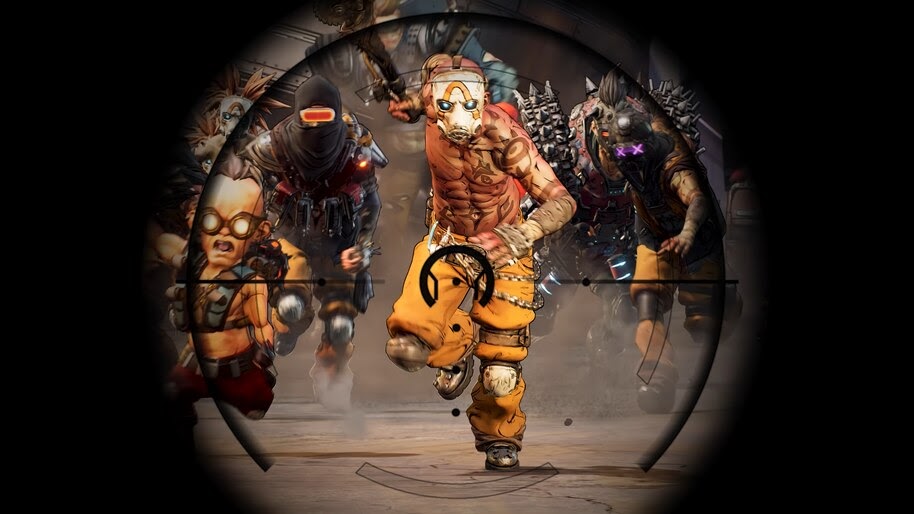
As you can see, an answer to one question will also bring answers to other of these questions. And indeed, the metrics, abilities, and AI of our previous L4D2 special infected are extremely diverse!
Exercise: Try and break down the components of each L4D2 special infected: their damage, speed, navigation pattern, abilities, life… Do they bring enough diversity? If you had to create a new special infected, how would you do it?
Key #3: different combinations of metrics let you create widely different enemies, while keeping the oportunity to have them play the same purpose in the player’s experience.
Encourage/Discourage specific player’s behaviors
Diversity in a game isn’t only about enemy differentiation. A good game will ask the player to be highly adaptative. It will do that by providing enemies countering or encouraging specific player’s behaviors, thus encouraging players to bring diversity in their playstyle.
Let’s imagine you are working on a shooter game: what is the most common behavior we will see players do? Cover-shooting! It is often the safest, most efficient way to play most of these games, especially 3rd person shooters that let you see above covers while staying safe. And yet this is widely considered to lead to a pretty boring experience. It doesn’t require the player to adapt, become repetitive and arguably doesn’t help the flow of the game by giving players a sense of security and control.
Well, this is a very valid answer for creating a new enemy (or modifying an existing one). And you could do it in 2 opposite ways: discouraging, or encouraging specific playstyles.
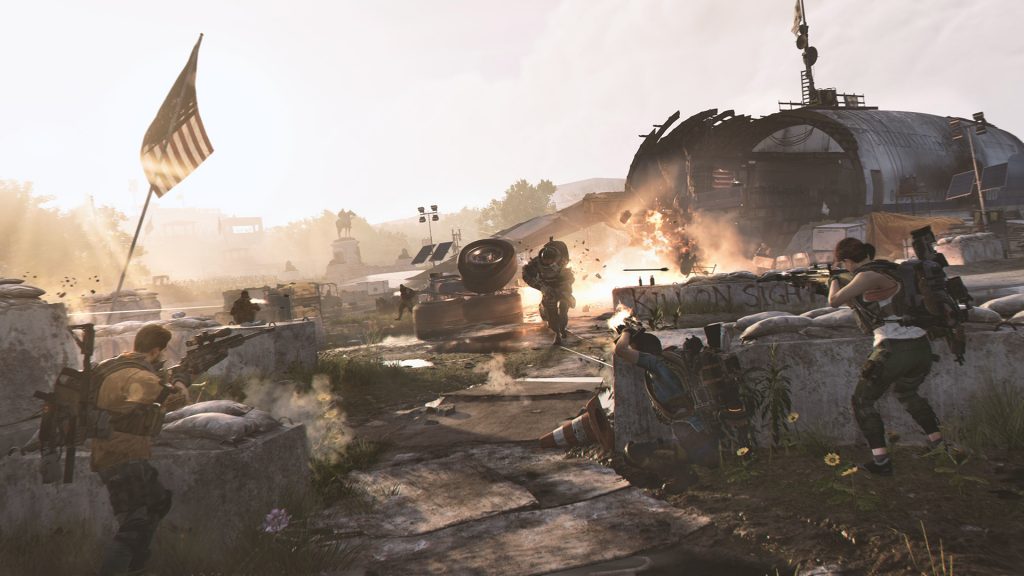
The Division 2 is a perfect example of a 3rd person cover-shooter. And of course, they faced this issue. They approach this problematic by discouraging players to stay in cover and push them to be mobile and adaptative. They did that with their carefully crafted level-design (but this is a topic for another day), but also with their evolved enemy design.
Assault enemies will try and flank the player, making their cover ineffective. Rushers will try and get in melee range, frontally. Some Controllers will use explosive drones to seek out a hiding player… All these enemies have specific abilities, Ai and metrics built to push a player out in the open. And by doing that they create an entirely different dynamic in a fight when combined with other more classic enemies (Sniper, Heavy) that require the player to hide as they deal terrific amount of damages.
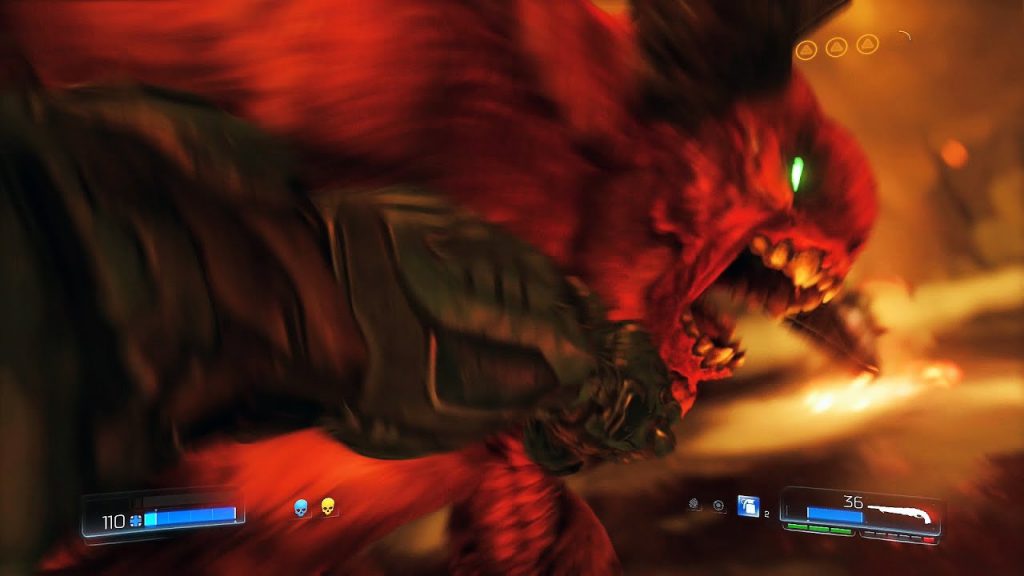
The newest Dooms are taking the opposite approach. Instead of discouraging players to stay safe at a distance, they encourage them to go out and take risks. This is done through rewarding animation and systems (the infamous Glory Kills, having the player invincible and enemies dropping health) but also by making enemies extremely vulnerable to melee attacks and insta-killing weakened enemies.
The first solution creates tension, makes enemies feel smart, keeps players anxious. The second one is extremely rewarding and makes players feel in control and powerful. Both of them are very efficient solution.
Key #4: identify the behaviors you want, or do not want, your players to show and create enemies with specificities encouraging or discouraging such behaviors.
Generate an emotional response
These enemies exist primarily to push players in the mood the game is trying to create. They are vectors of immersion, they drive gameplay though the emotions they generate.
Horror games have made plenty of use of these enemies: Nemesis in Resident Evil 3, the Gatherers in Amnesia: The Dark Descent, Pyramid Head in Silent Hill 2… The list is endless. Most of them are unkillable (at least for some time) which doesn’t mean that they are not gameplay elements: they are just different ones, like the Guardians of Journey that create hide ‘n seek gameplay bubbles.
What is important here, is that their main purpose is to make the player FEEL something: powerless, scared, on the edge, panicked…
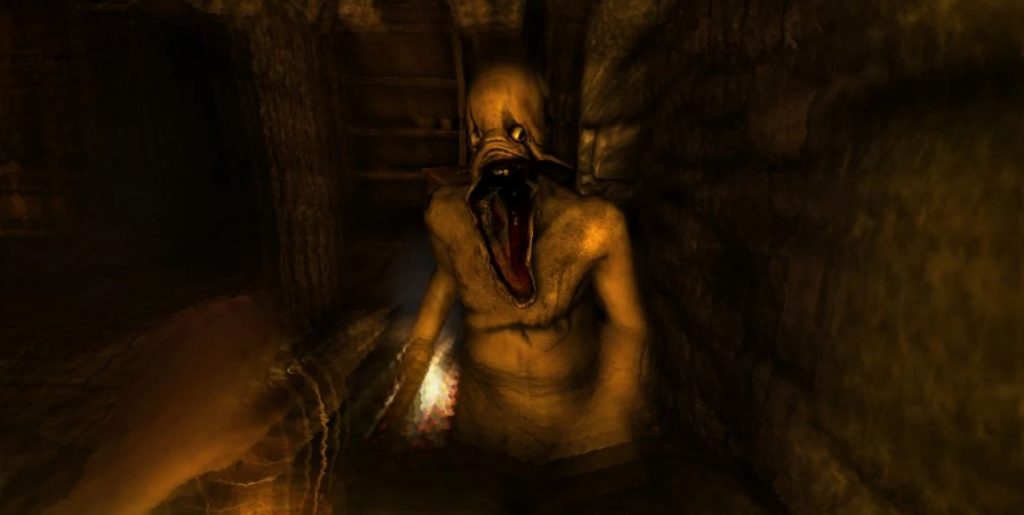
But even if most examples in the industry revolve around making the player feel out of control, literally any kind of emotion could be triggered by an enemy, from Sephiroth in FF7 bringing a sense of awe, waves of 1HP grunts making the player feel powerful while crushing them, or puzzle enemies like the raid bosses of Ghost Recon: Breakpoint making players feel smart (and I am sure we could find plenty of enemies just here for the lolz, to release the tension, but I can’t put my finger on one).
Key #5: What emotions do you want your players to feel? Is there an enemy, or an aspect of an enemy, that could trigger or reinforce them?
These 5 reasons are my own personal favorite. They are the questions I am asking myself first every-time I need to create a new enemy (or modify an underwhelming one):
- Do I have players’ abilities I want to emphasize?
- Are there specific players’ skills I want to challenge?
- Do I need more diversity?
- Are there players’ behaviors I want to encourage or discourage?
- What specific players’ emotions do I want to trigger?
And the more of these questions I will answer, the more unique my enemy will be.
Look at all we talked about!
This article started with a simple question: “Why does this enemy need to exist?”. And by trying to answer this question we talked about all the topics that truly matter in the creation of a new enemy.
We talked about their opposition to the player, and what makes this player: his human side (the 3 categories of player’s skills) as well as the avatar he embodies (its abilities and specificities).
We talked about what composes an enemy (its AI, behavior and reactions, its own abilities and its unique metrics).
We talked about players’ behaviors and the duality between how they want to play our games versus how WE want them to play it.
And finally, we talked about our players’ emotions and feelings. Something which, to me, is the most important aspect of them all. This is the reason why our medium is so powerful and impactful.
We are not only making ” enemies”
From now on, I’d like you to refrain from using the word “enemy” when talking about gameplay ingredients. While answering all these questions, you will discover that all the aspects of this enemy will start merging into a cohesive whole. One that your writers will be able to build upon. One that will instantly project your artists on its visual and sounds. One that will fit perfectly the hole you had in your game. One that will embody the extreme boundary of one of your design principles.
What we are making here, are Archetypes.
Do you want to get regular quality articles on Game Design? Join an awesome community of devs and designers on our private Discord to discuss articles and design in general? Then consider supporting GDKeys, for as low as 1$.

That was fire! Thank you so much for this post, I noted a lot of things!
It feels like reading about game design just tells you the obvious things that you already knew, but when you think about it or trying to do it yourself makes you really think about it and tie up everything together.
Do you have any future plans of writing the article about in-depth boss battles?
Hey Mikhail! Thanks a lot for your message, I’m so glad it helped you!
Yes! I have plenty of articles in stock to continue on this series: boss design, AI design, combat curve… I’ll slowly get there and write them, I just need time 🙂
Interesting Article Nico,
I generally sum these factors up as: Role; Risk; Reveal; Reaction.
Role: The purpose (its archetype)…the roles from 4th Edition D&D would be my ‘go to’ starters for this.
Risk: The threat level.
Reveal: Does it highlight an ability of the player or perhaps showcase a new mechanic of its own to either attack or defend with.
Reaction: What emotional reaction are we trying to elicit from the player?
A.I. could be covered under ‘Role’ but might need its own sub-category.
Good luck with future articles (I’ll be checking some of the others right after this).
That was a great article. I learned a lot and made me think of how I go about designing everything now. Thank you for writing this! Can’t wait to read more, I would love to see an article about in-depth boss fight mechanics design, or how players go about figuring out these fight mechanics and how to make the learning experience fun. Anyways, great read!
The content is gold! A reflection here: Asking why an enemy should exist is a great way of adopting Occam’s Razor Principle (“Entities should not be multiplied beyond necessity.”). What’s the necessity here? It’s the intended player experience. It’s also closely related to the target audiences and what they want because ultimately only people who are [potentially] interested in the game will stick to the game. Not only this, but asking why can be a great tool for improving designs! Why should a mechanic exist? Why should a level exist? Why should this wall exist? If it has nothing to do with the intended player experience, then the entity seized to be needed.
What I like about this article it cover Enemy design well.
What I think could be better concepts behind programming enemy AI could be better